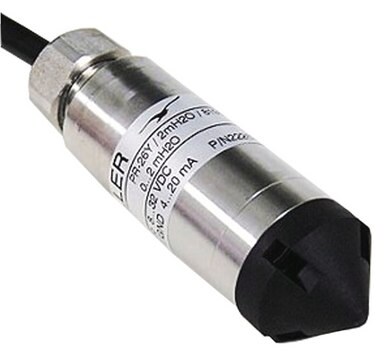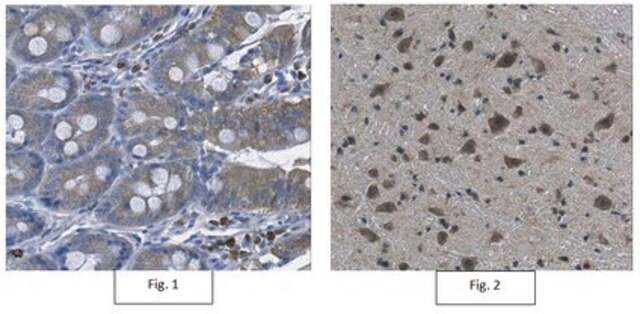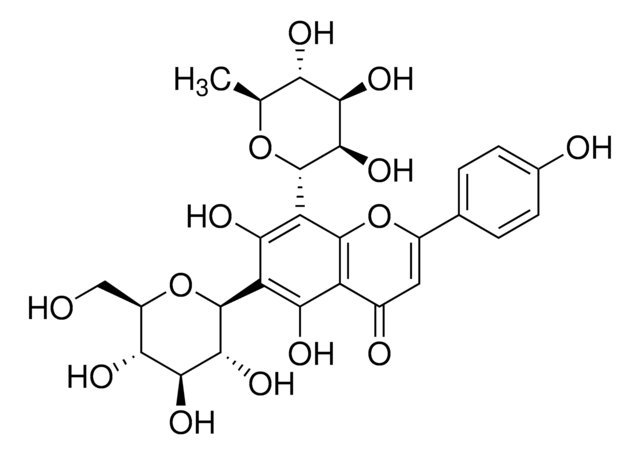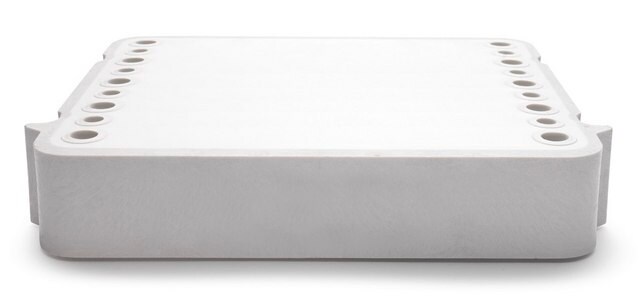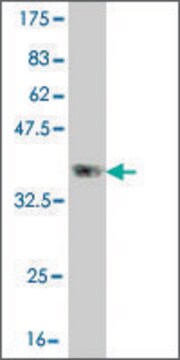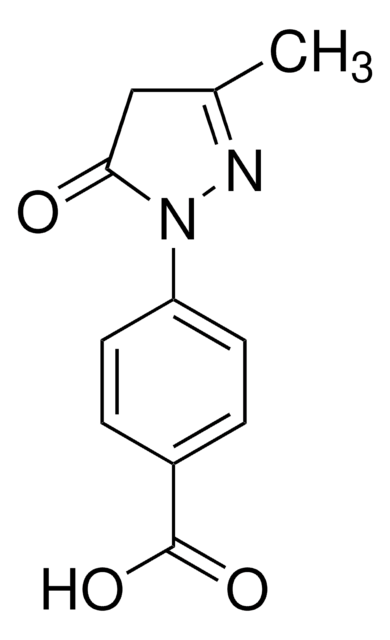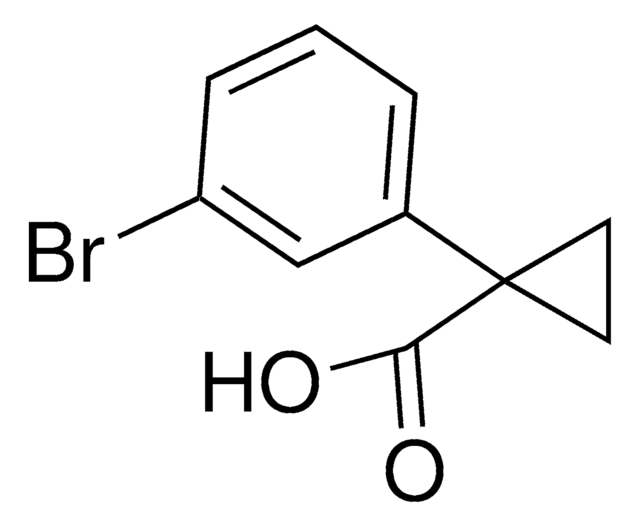108340
3-Hydroxy-2-quinoxalinecarboxylic acid
97%
Iniciar sesiónpara Ver la Fijación de precios por contrato y de la organización
About This Item
Fórmula empírica (notación de Hill):
C9H6N2O3
Número de CAS:
Peso molecular:
190.16
EC Number:
MDL number:
UNSPSC Code:
12352100
PubChem Substance ID:
NACRES:
NA.22
Productos recomendados
Quality Level
assay
97%
mp
267-268 °C (lit.)
functional group
carboxylic acid
SMILES string
OC(=O)c1nc2ccccc2nc1O
InChI
1S/C9H6N2O3/c12-8-7(9(13)14)10-5-3-1-2-4-6(5)11-8/h1-4H,(H,11,12)(H,13,14)
InChI key
NMOWGWOAPRKWIR-UHFFFAOYSA-N
Application
3-Hydroxy-2-quinoxalinecarboxylic acid was used to study the sorption of ionizable organic compounds to an estuarine sediment. It was used in the preparation of Zinc(II)-quinoxaline complexes which was characterized by X-ray crystallography and fluorescence spectroscopy.
Biochem/physiol Actions
3-Hydroxy-2-quinoxalinecarboxylic acid is an antagonist of excitatory amino acids and possesses anticonvulsant properties. It inhibits the 22Na+ efflux produced in 22Na+-preloaded brain slices by N-methyl-D-aspartate and kainate.
signalword
Warning
hcodes
Hazard Classifications
Eye Irrit. 2 - Skin Irrit. 2 - STOT SE 3
target_organs
Respiratory system
Storage Class
11 - Combustible Solids
wgk_germany
WGK 3
flash_point_f
Not applicable
flash_point_c
Not applicable
ppe
dust mask type N95 (US), Eyeshields, Gloves
Elija entre una de las versiones más recientes:
¿Ya tiene este producto?
Encuentre la documentación para los productos que ha comprado recientemente en la Biblioteca de documentos.
U Erez et al.
European journal of pharmacology, 110(1), 31-39 (1985-03-26)
Various aromatic acids have been investigated as putative ligands of excitatory amino acid receptors. 3-Hydroxy-2-quinoxalinecarboxylic acid (HQC), at 1 mM, was found to antagonize the 22Na+ efflux produced in 22Na+-preloaded brain slices by N-methyl-D-aspartate and kainate. The response to glutamate
Ken-Ichi Sakai et al.
Dalton transactions (Cambridge, England : 2003), 39(8), 1989-1995 (2010-02-12)
Zinc(ii)-quinoxaline complexes, [Zn(hqxc)(2)(py)(2)] and [Zn(hqxc)(2)(DMSO)(2)] (hqxc = 3-hydroxy-2-quinoxalinecarboxylate, py = pyridine, DMSO = dimethyl sulfoxide), were prepared and characterized by X-ray crystallography and fluorescence spectroscopy. In both complexes, the zinc ion is six-coordinated by two equatorial bidentate hqxc ligands with
Serdar Badoğlu et al.
Spectrochimica acta. Part A, Molecular and biomolecular spectroscopy, 101, 14-21 (2012-10-27)
The mid-IR and Raman spectra of 3-hydroxy-2-quinoxalinecarboxylic acid (3HQC) were recorded. These spectra were interpreted with the help of B3LYP/6-311++G(d,p) calculations and potential energy distribution (PED) analysis. As a result of the calculations, seven tautomers were determined among many stable
Cadmium (II) and calcium (II) complexes with N, O-bidentate ligands derived from pyrazinecarboxylic acid.
Barszcz B, et al.
Journal of Thermal Analysis and Calorimetry, 108(3), 971-978 (2012)
H Frenk et al.
Brain research, 373(1-2), 222-226 (1986-05-14)
Three compounds reportedly blocking the N-methyl-D-aspartate (NMDA) receptor, namely 2-amino-5-phosphonovalerate, gamma-D-glutamylglycine and 3-hydroxy-2-quinoxalinecarboxylic acid, were injected subdurally onto the cortex of freely moving rats. All 3 compounds effectively suppressed behavioral and electrographic seizure activity induced by strychnine, morphine and picrotoxin
Nuestro equipo de científicos tiene experiencia en todas las áreas de investigación: Ciencias de la vida, Ciencia de los materiales, Síntesis química, Cromatografía, Analítica y muchas otras.
Póngase en contacto con el Servicio técnico
